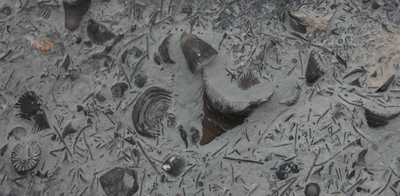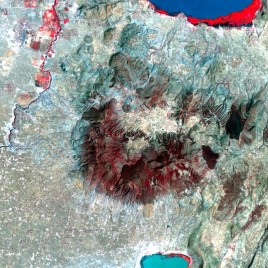
Fossils from Quebec’s Anticosti Island have shed light on the world’s first mass extinction. New study shows that data from such fossils can be used to determine future extinction risks. (Photo credit: André Desrochers)
There are numerous contributing factors in the extinction of ocean dwellers. These causes can be difficult to assess in a timely manner. A new study uses fossil data to establish a strong association between the history of geographic distribution of marine species and their extinction risk. Kiessling and colleagues suggest using fossil occupancy trajectories to build a numerical model, which can help identify modern species at unrealized extinction risk.
Authors:
Wolfgang Kiessling, Ádám T. Kocsis
Corresponding author:
Dr Wolfgang Kiessling, GeoZentrum Nordbayern, Department of Geography and Geosciences, Universität Erlangen-Nürnberg, Loewenichstraße 28, 91054 Erlangen, Germany.
Original paper published in Biology Letters on October 18, 2016.
